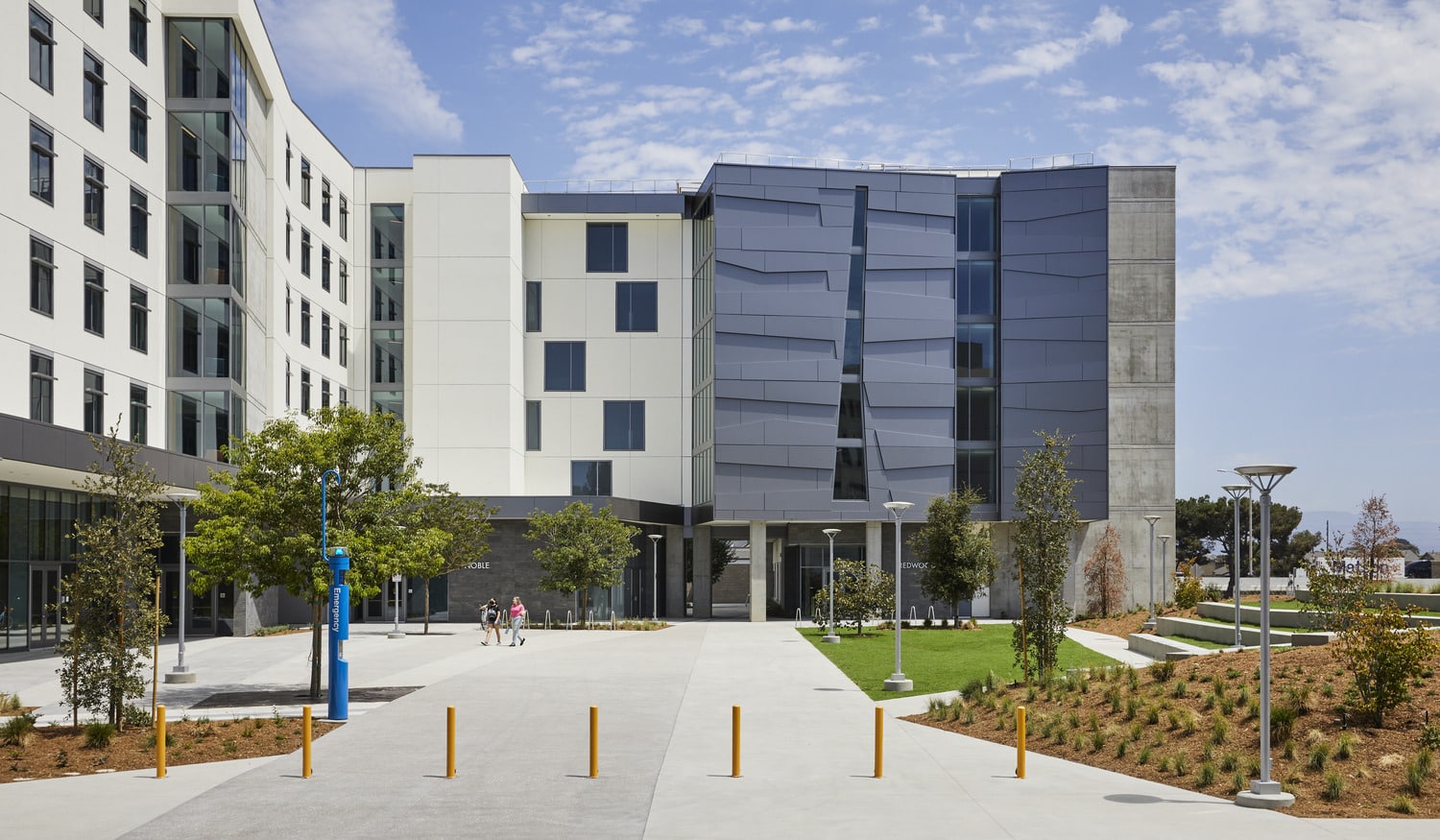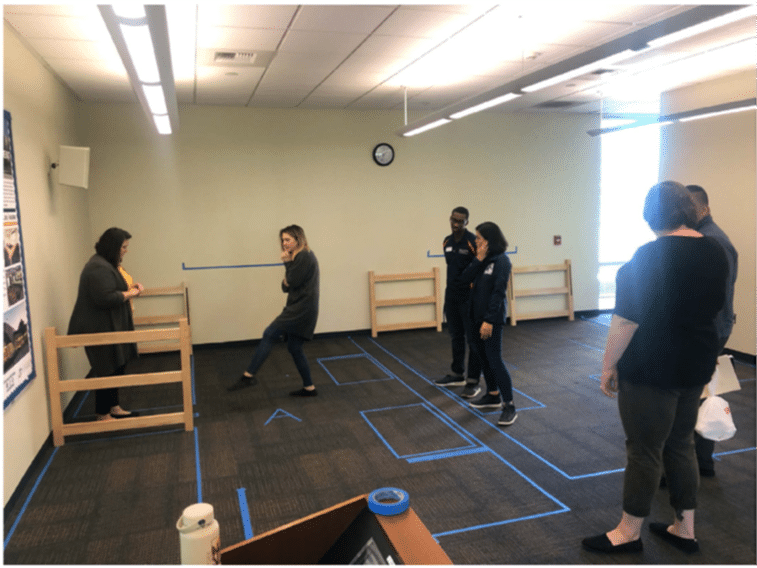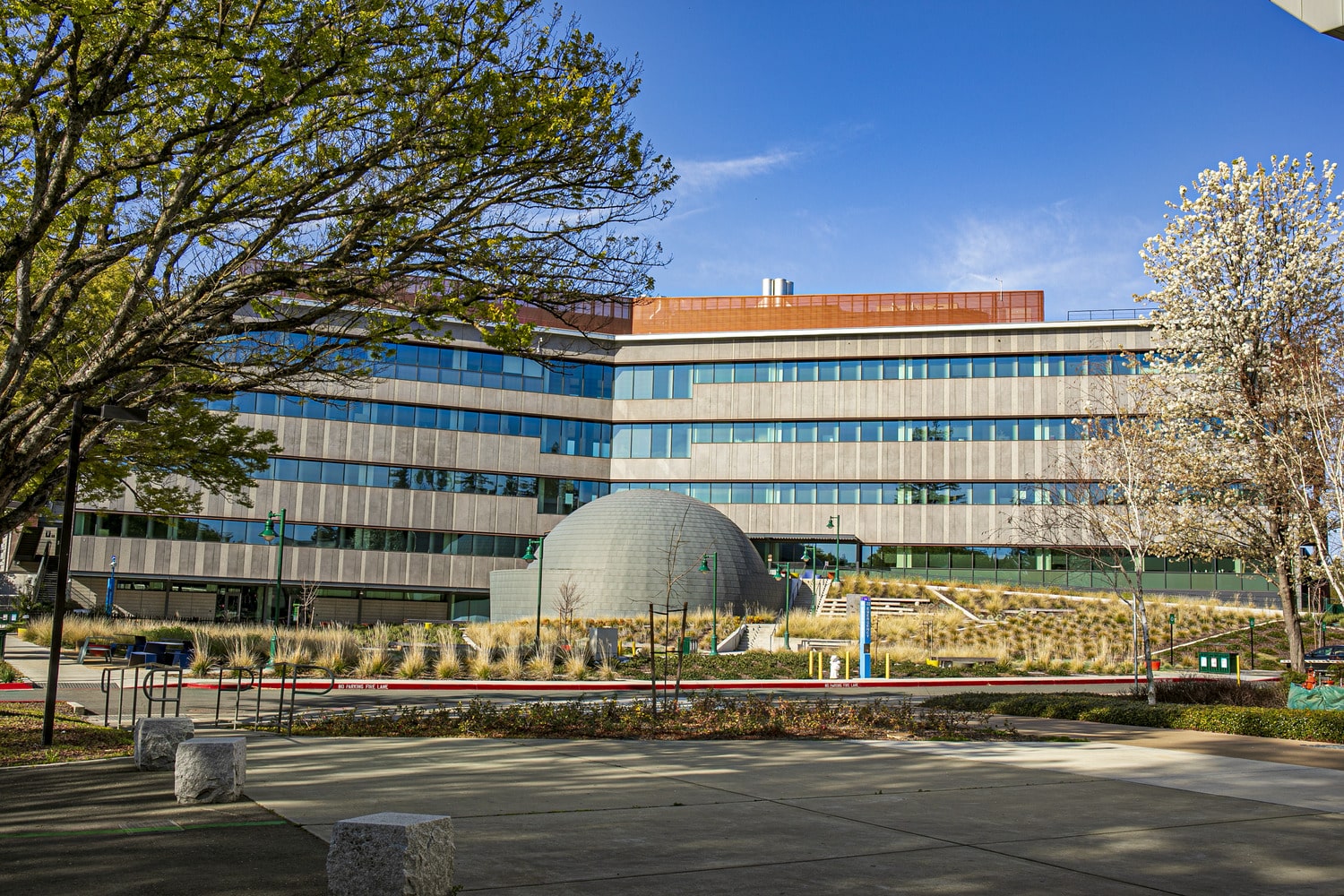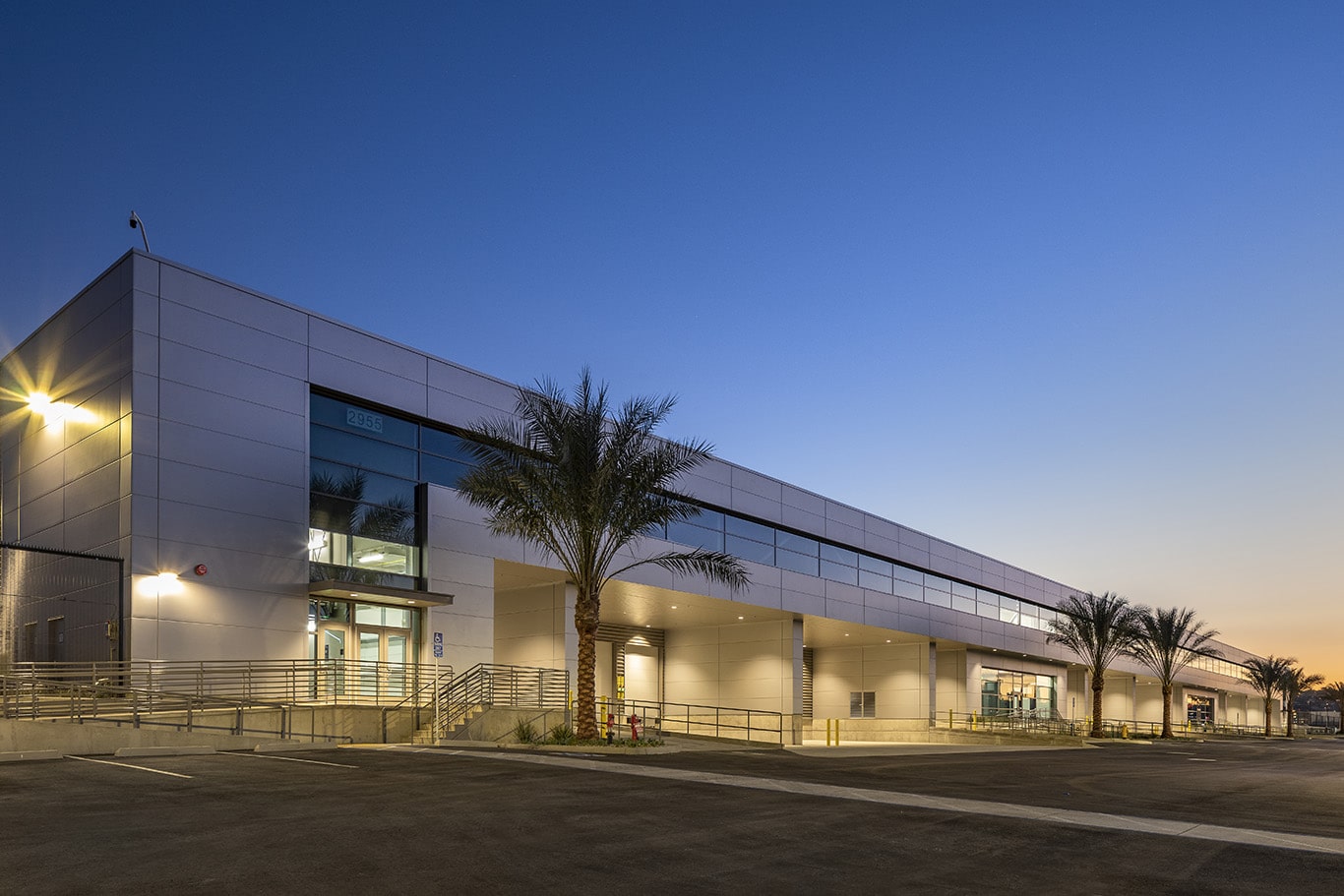
Incorporating creativity and collaboration into the planning process for a project can save time and money, in addition to achieving the best possible results in ways that other delivery methods fall short. The construction industry involves a complex network of stakeholders, all of whom are vital to the construction process, yet are often disconnected from each other with traditional delivery methods. This is why Sundt embraces alternative delivery methods like progressive design-build (PDB), also sometimes referred to as collaborative design-build. These delivery methods allow for more overlap between stakeholders so that all parties can work alongside one another as opposed to in a rigid sequence that prevents valuable opportunities for collaboration.
If you’re unfamiliar or new to progressive design-build, here are three tips on how to make the most of the process.
1. Get Creative with the Collaborative Process
The PDB delivery method is a collaborative approach that entails teamwork and open communication between the owner, design team and contractor. This method works well for large-scale projects with lots of stakeholders, such as student housing projects.
Sundt has made its mark in the student housing sector in California, especially by utilizing the design-build delivery method. While working on the California State University, Fullerton “The Suites” Student Housing project, Sundt and its design partner HMC engaged as one team throughout the design and construction process along with CSU Fullerton stakeholders. The project team was recently recognized by Design-Build Institute of America’s Western Pacific Region with the 2023 Award of Distinction and an Award of Excellence for Diversity, Equity, and Inclusion in Design-Build.
“CSU’s collaborative design-build approach allows our team to employ interactive methods to develop the program and engage users,” said Sundt Vice President and Irvine Regional Manager Jim Householder. Methods used to target stakeholders included tours, live mock-ups, in-person student surveys, pizza nights and administrative visioning sessions.

For example, during a six-hour workshop with user groups and stakeholders, the team utilized a floor-tape exercise to visualize two different student room options. With live input from housing, resident advisors and students, the team designed a bedroom that balanced privacy with size. The decisions made during this workshop led to the full-size construction of a full suite mock-up next to the project site. This mock-up allowed for final layout decisions and became the standard for construction sequence, fit and finish. Operations and maintenance staff also provided input on access panel and valve location layout.
Finally, the university fully furnished the mock-up and used it to market and tour prospective residents prior to the project’s completion. At a debrief meeting, a member of the client team offered their opinion that the mock-up may have been the single greatest investment on the entire project. By engaging in collaboration and implementing creative methods, the result is strengthened trust between all members of the design-build team with a quality outcome for end users.
2. Select the Right Team
The Sacramento Ernest E. Tschannen Science Complex was another project for CSU that proved to be an example of collaborative design-build’s ability to maximize quality while minimizing cost. The key features of this building were the laboratories and chemical management systems, which were integral in providing the cutting-edge educational tools that the university wanted. This element greatly impacted the design, and so the ability to have back and forth discussions and develop ideas alongside the owner was instrumental in keeping costs low while meeting the needs of the university and its students with the best possible equipment.

Sean Falvey, Sundt vice president and Sacramento regional manager, explains that the caveat for owners is that while they will have a high level of control and input in the planning process, they inevitably must give up a lot of that when the contract goes into effect.
“This is why it’s crucial to select a team who you trust with a collaborative design-build delivery,” he said. “A team that not only listens to you, but really understands the goals and needs of the entire project and will uphold those through every step of the process.”
Falvey also notes that due to the level of control the owner gets with this delivery method, the pace is set by how quickly they can mobilize their team. When there’s a leader on the owner’s side who can effectively communicate with stakeholders and drive decisions, this delivery method shines.
3. Be Open to (Positive) Change
Sundt has formed a long-standing partnership with the San Diego County Regional Airport Authority (SDCRAA), having delivered four projects using alternative delivery methods. The Airport Support Facilities (ASF) project, completed in 2021, is an example of the flexibility that PDB allows in preconstruction.
The purpose of the ASF project was to design, construct and relocate the current facilities to both replace and upgrade aged infrastructure. Sundt’s timely delivery of these new facilities was an important milestone for the Airport Authority, as the relocated ASF facilities helped to prepare real estate for the airport’s future redevelopment of Terminal 1. Advanced planning and coordination through PDB ensured a seamless tenant relocation without negative impact to airport operations.

The design team and key Sundt personnel reviewed the project development and documentation and worked with the SDCRAA to validate scope, develop an initial schedule, and refine phasing during the initial 90-day validation phase for the ASF project. Together with SDCRAA, the Sundt design-build team developed a schematic level set of documents that aligned with the budget.
During this phase, Sundt walked the existing facilities and realized the current space was not being used efficiently. Originally, the client had budgeted for a 200% increase in space from their original facilities, but this size increase was unnecessary due to existing inefficiencies that were unaccounted for. The Sundt design-build team was able to re-program the building from 81,869 square feet to 64,911 square feet, saving the project approximately $5 million. This year, the project team won the Build America Award from the Associated General Contractors of America (AGC) in the Design-Build Building category.
“We’ve built a strong relationship with the Airport Authority over more than a decade of projects, and that relationship is key when we recommend changes or improvements to a program,” said Project Director Brad Kirsch. “The Airport Authority knew our suggestions had the best interests of their project in mind. The design-build delivery method allows us to rally around a common set of project goals, delivering the highest-quality building for a defined budget while maintaining alignment with the needs of the end users.”
As these examples show, progressive design-build can work for your project with the right amount of creativity, teamwork, and an open mind. Perhaps the best trait about progressive design-build is that it’s highly customizable to your project. If you’re interested in learning more about the design-build delivery method, contact us for more information.